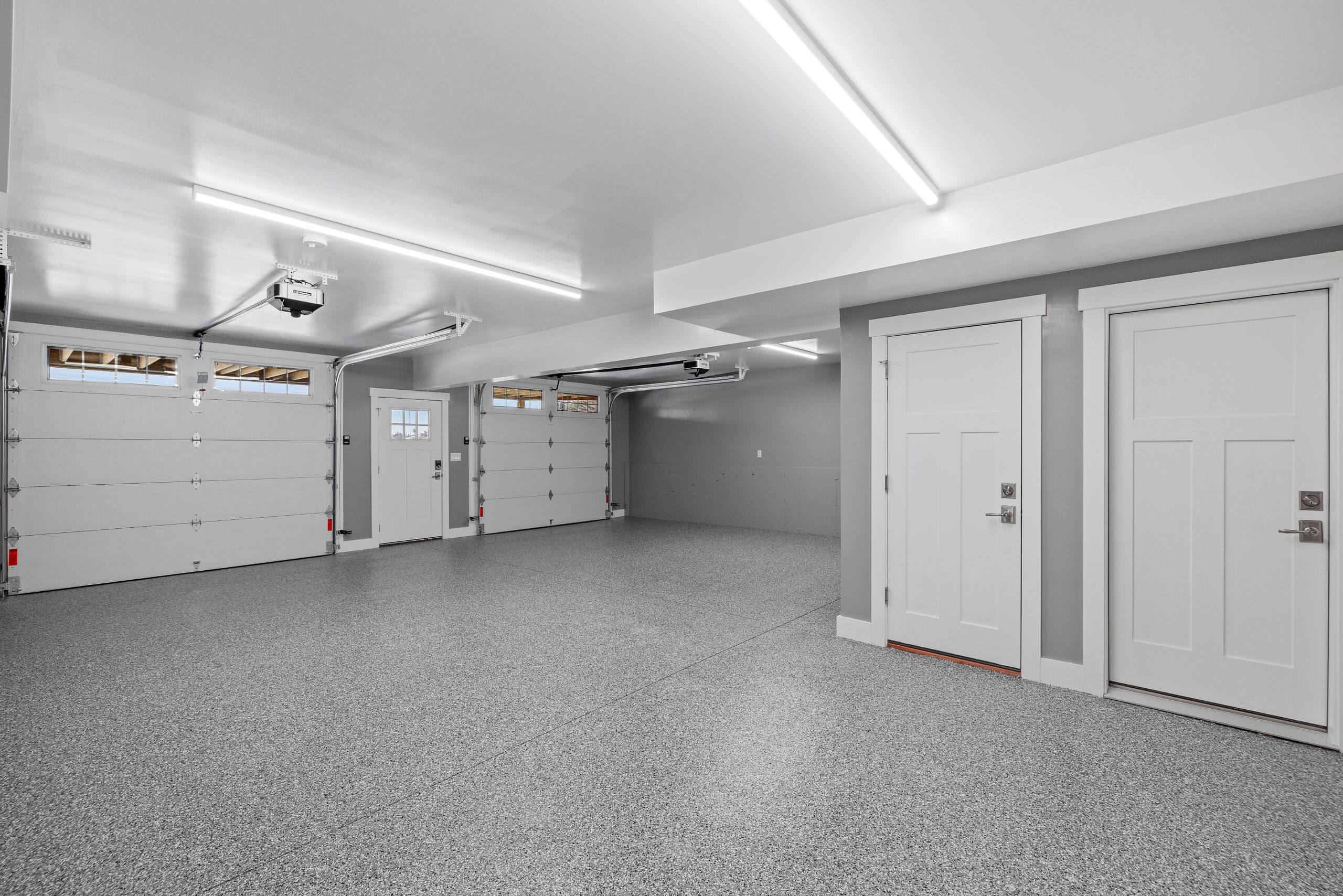The garage often becomes the default storage area for everything that doesn’t have a designated place in our homes. Over time, this leads to clutter, wasted space, and frustration when trying to find items or even park your car. This comprehensive guide will walk you through the process of transforming your garage from a chaotic catchall to an organized, functional space. From sorting and purging unused items to implementing smart garage storage solutions, you’ll learn practical strategies to reclaim your garage and maximize its potential.
Assessing Your Current Garage Situation
Before diving into the organization process, take time to evaluate your garage in its current state. Walk around and note what’s working and what isn’t. Identify items that haven’t been used in years, areas where clutter accumulates, and spaces that could be better utilized. Consider what activities you’d like to use your garage for beyond parking cars. Do you need a workshop area, sports equipment storage, or a gardening station? Understanding how you want to use the space will guide your organization efforts. This assessment phase is crucial for creating a garage organization plan that truly addresses your specific needs rather than implementing generic solutions that might not work for your lifestyle.
The Essential Purge: Decluttering Your Garage
The most important step in any garage organization project is decluttering. This process can seem overwhelming, which is why many homeowners procrastinate on garage cleanup. To make it manageable, divide your garage into sections and tackle one area at a time. Create four distinct categories for sorting: keep, donate, sell, and trash. Be ruthless with items you haven’t used in the past year or that are broken beyond repair. Those partial paint cans from ten years ago? The sports equipment your children have outgrown? The holiday decorations you no longer display? All these items are taking up valuable space. Professional organizers at AskHomey recommend scheduling donation pickups in advance to create a deadline that will motivate you to complete the purging process.
Zone Planning for Maximum Functionality
Once you’ve reduced your inventory to the essentials, it’s time to plan your garage layout. Creating designated zones based on activities or item categories is one of the most effective garage organization ideas. Common zones include automotive supplies, lawn and garden equipment, sports gear, tools, and seasonal decorations. Consider frequency of use when determining zone placement – items used daily or weekly should be easily accessible, while seasonal items can be stored in harder-to-reach areas. Measure your space carefully and sketch a rough layout. This planning stage prevents the frustration of installing storage systems that don’t actually fit your needs or space, saving both time and money in the long run.
Vertical Storage: The Secret to Maximizing Garage Space
Most garages have substantial untapped potential in their vertical space. Walls and ceilings represent prime real estate for storage that doesn’t impede floor space needed for vehicles and movement. Install sturdy shelving units, pegboards for tools, and wall-mounted racks for larger items like bikes, ladders, and lawn equipment. Ceiling-mounted storage platforms are excellent for seasonal items or rarely-used belongings. When implementing vertical storage solutions, always consider weight limits and secure everything properly to studs or structural elements. The goal is to maximize garage space by lifting items off the floor while ensuring safety and accessibility. Remember that items stored up high should be lightweight and not needed frequently to avoid the hassle of constantly retrieving them.
Container Systems and Labeling
Even the most thoughtfully organized garage will quickly return to chaos without proper containment systems. Invest in clear plastic bins with secure lids for items that need protection from dust, moisture, or pests. Group similar items together and label each container clearly – not just with general categories but with specific contents. For example, rather than simply labeling a box “Holiday,” specify “Christmas Outdoor Lights” or “Halloween Decorations.” This detailed labeling saves tremendous time when searching for specific items. For frequently used smaller items, consider clear drawer systems that allow visual identification of contents. The initial investment in quality storage containers pays dividends in long-term organization and item preservation.
Maintenance: Keeping Your Garage Organized
Implementing declutter garage tips and organizing your space is only half the battle – maintaining that organization is equally important. Schedule quarterly garage maintenance sessions to reassess, reorganize, and prevent clutter from accumulating again. These regular check-ins allow you to adjust your system as your needs change and catch disorganization before it becomes overwhelming. Create simple rules for garage usage that all family members understand, such as returning items to designated zones after use and regularly purging unneeded items. Seasonal transitions provide natural opportunities to rotate items for accessibility and reassess what’s still needed and what can be donated or discarded.
For more tips and to connect with reliable home service professionals, follow AskHomey on Facebook and Instagram.



